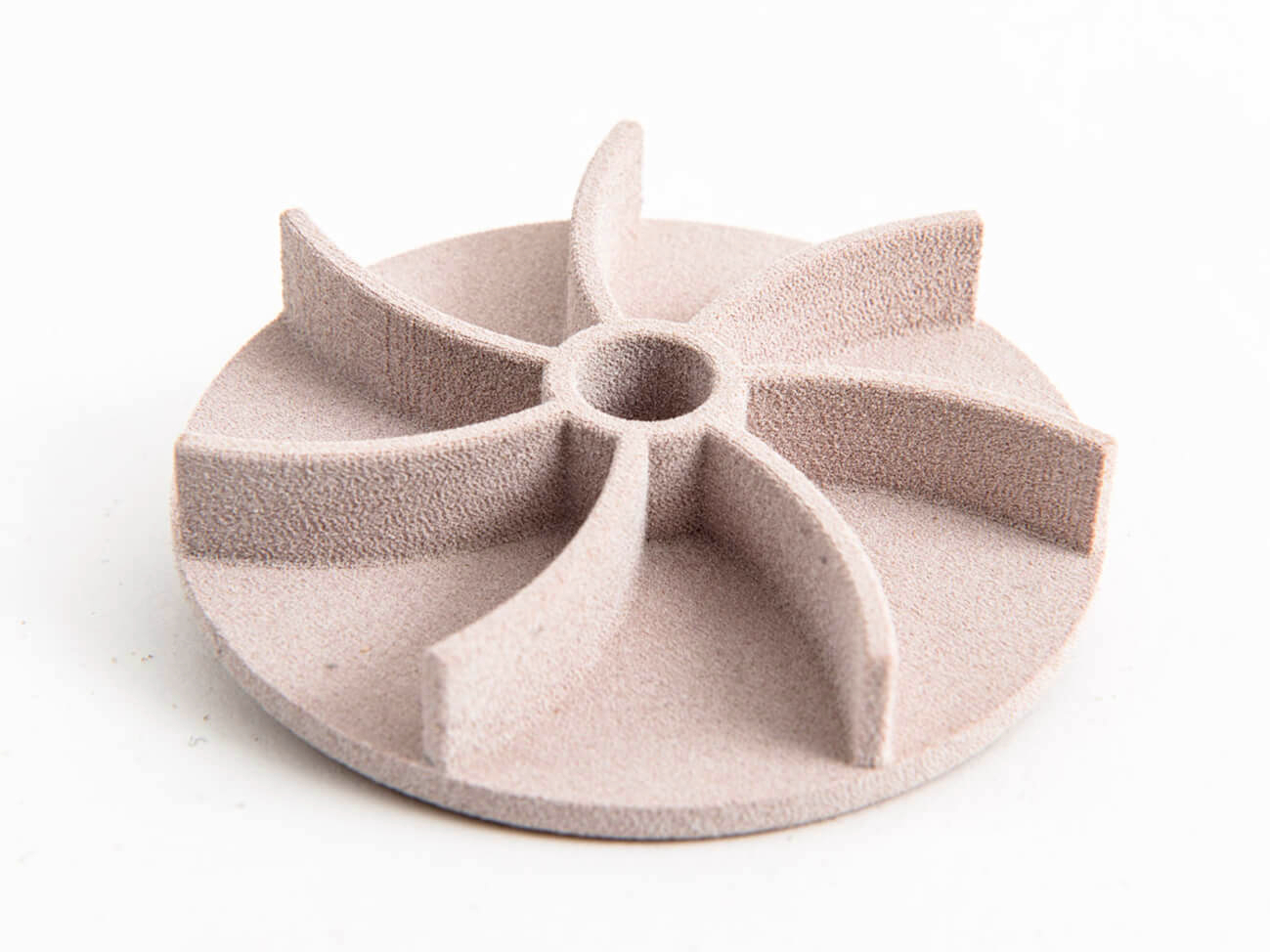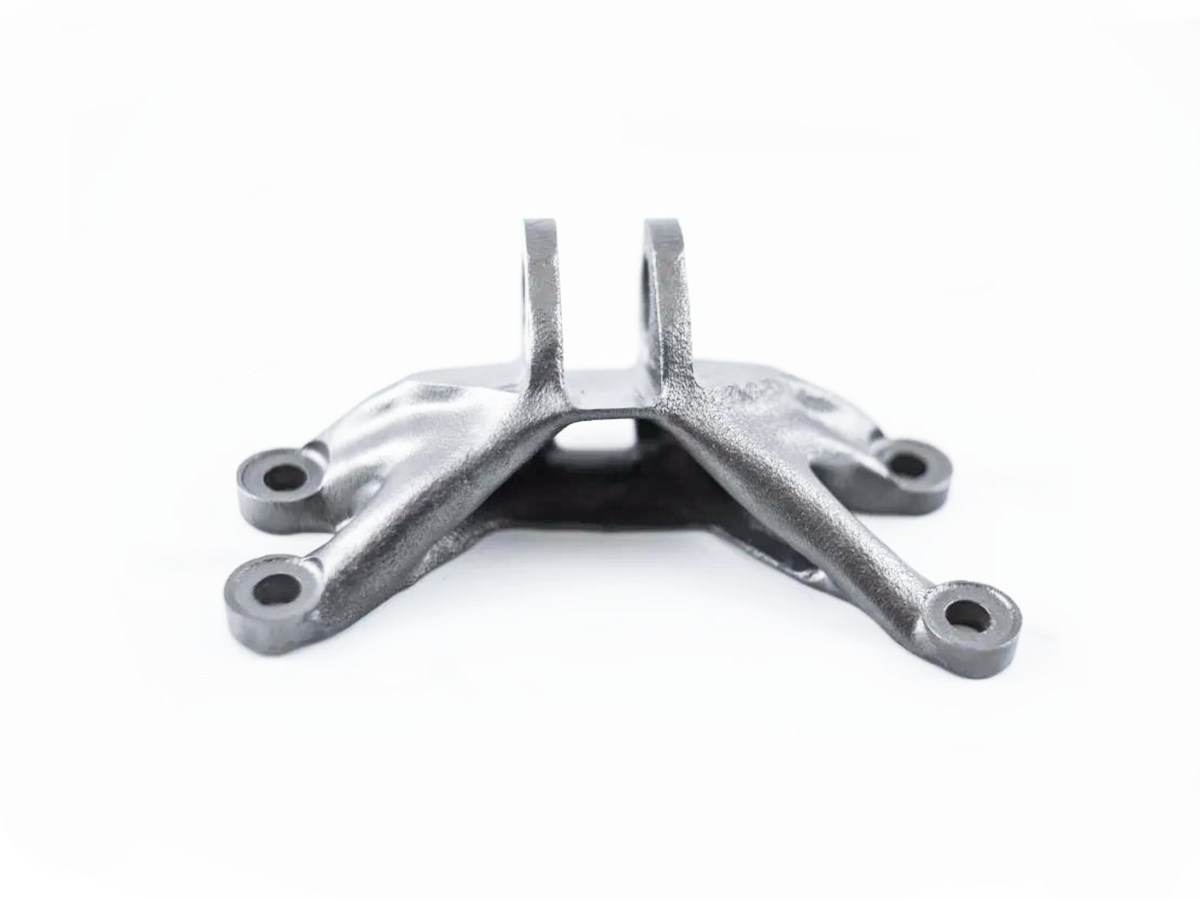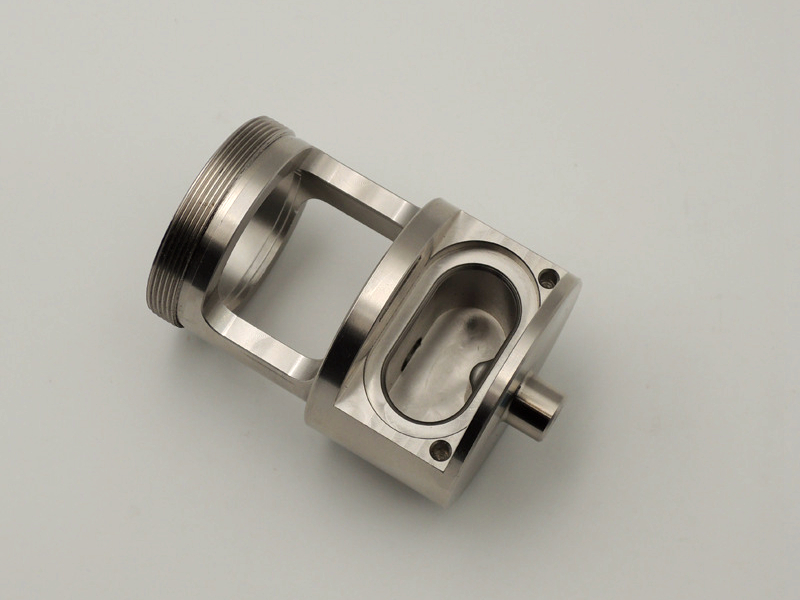What cost factors dominate small-batch metal 3D printing production?
From a manufacturing and engineering perspective, the cost structure of small-batch metal 3D printing diverges significantly from traditional mass production. The dominance of fixed and setup costs over variable material costs defines its economics. For small batches, the following factors typically account for the majority of total production expenses.
Primary Cost Drivers in Small-Batch Metal AM
1. Machine and Build Operation Costs
Machine Time (Highest Dominant Cost): Unlike CNC machining, where cost is tied to cutter paths and complexity, DMLS cost is primarily a function of build height (Z-axis) and build time. A machine running for 100 hours represents a significant capital and operational cost, amortized across all parts on the platform. This includes machine depreciation, argon atmosphere maintenance, and energy consumption.
Build Preparation: This includes the fixed, non-recurring engineering (NRE) costs for file preparation, support structure generation, and build platform layout optimization. For a small batch, this upfront engineering cost is distributed over fewer parts, making it a significant per-part cost driver.
2. Post-Processing Labor and Equipment
Support Removal and Initial Finishing: This is an intensely manual and time-consuming process. Removing parts from the build plate via Wire EDM and carefully cutting away support structures requires skilled labor. The cost is directly proportional to the number of parts and the complexity of their support structures.
Heat Treatment: Nearly all metal AM parts require stress relief heat treatment. For critical components in aerospace or medical applications, Hot Isostatic Pressing (HIP) is a mandatory but costly step due to both the equipment cycle and the logistical handling.
Secondary CNC Machining: Achieving functional tolerances and mating surfaces almost always requires CNC machining. The cost of fixturing, programming, and machining hard, as-printed metal for a small batch is a major contributor to the final price. This includes processes like CNC milling and turning.
3. Material Costs
Powder Cost: Metal AM powders, especially specialized superalloys like Inconel 718 or titanium, are significantly more expensive than wrought stock due to the stringent requirements for particle size, shape, and flowability.
Material Utilization: While AM is touted as a low-waste process, the "support structures" and any "sacrificial" parts on the build platform are 100% waste. The true material utilization factor (the ratio of final part weight to total powder consumed) can be surprisingly low for complex, well-supported builds.
4. Quality Assurance and Certification
Process Qualification: For regulated industries, qualifying a specific part, material, and build parameter set represents a substantial NRE cost.
Per-Part Inspection: Small batches often require 100% inspection. This includes dimensional checks with CMMs and Non-Destructive Testing (NDT) like dye penetrant inspection, both of which require skilled technicians and time.
Documentation: Providing full material traceability and certification for a batch of 10 parts incurs almost the same administrative and testing cost as for a batch of 100, making it a dominant per-part cost factor for small quantities.
Summary of Cost Domains
Cost Domain | Why It Dominates in Small Batches | Mitigation Strategy |
|---|---|---|
Machine & Build Time | Fixed build preparation and machine operating costs are amortized over very few parts. | Nest multiple different parts on a single build platform to share fixed costs. |
Post-Processing Labor | Support removal and finishing are manual processes with low economies of scale. | Design for AM (DfAM) to minimize support structures and simplify post-processing. |
Secondary CNC Machining | High NRE for fixturing/programming, combined with difficult machining of as-printed surfaces. | Design to minimize critical machined features; use AM for complex geometry only. |
Quality Assurance | Certification and inspection NRE is distributed over a small number of parts. | Work with the manufacturer to define a rationalized, risk-based inspection plan. |
Engineering Guidance for Cost Optimization
Design for Additive Manufacturing (DfAM): This is the single most important factor. Optimizing part orientation to minimize supports and Z-height, and designing self-supporting angles, can drastically reduce both print time and post-processing labor.
Leverage Batch Nesting: Combine multiple different projects or parts into a single build job to share the high fixed costs of machine operation and build preparation.
Rationalize Tolerances and Surface Finish: Specify tight tolerances and fine surface finishes only where absolutely functionally required. Every surface requiring secondary precision machining adds significant cost.
Consider the Entire Workflow: The cheapest printed part is of no value if it requires hundreds of dollars in machining and inspection. Evaluate the one-stop service cost that includes all post-processing steps for a true comparison.



